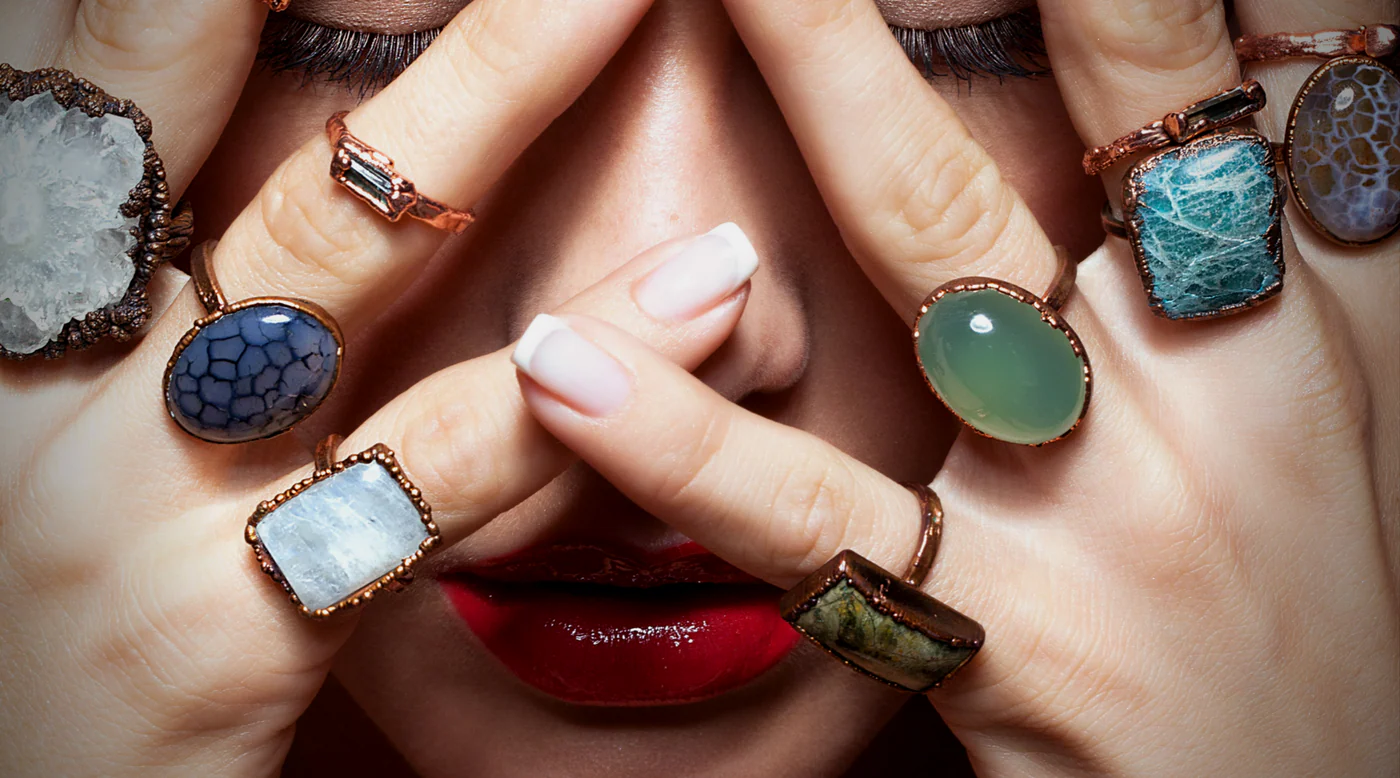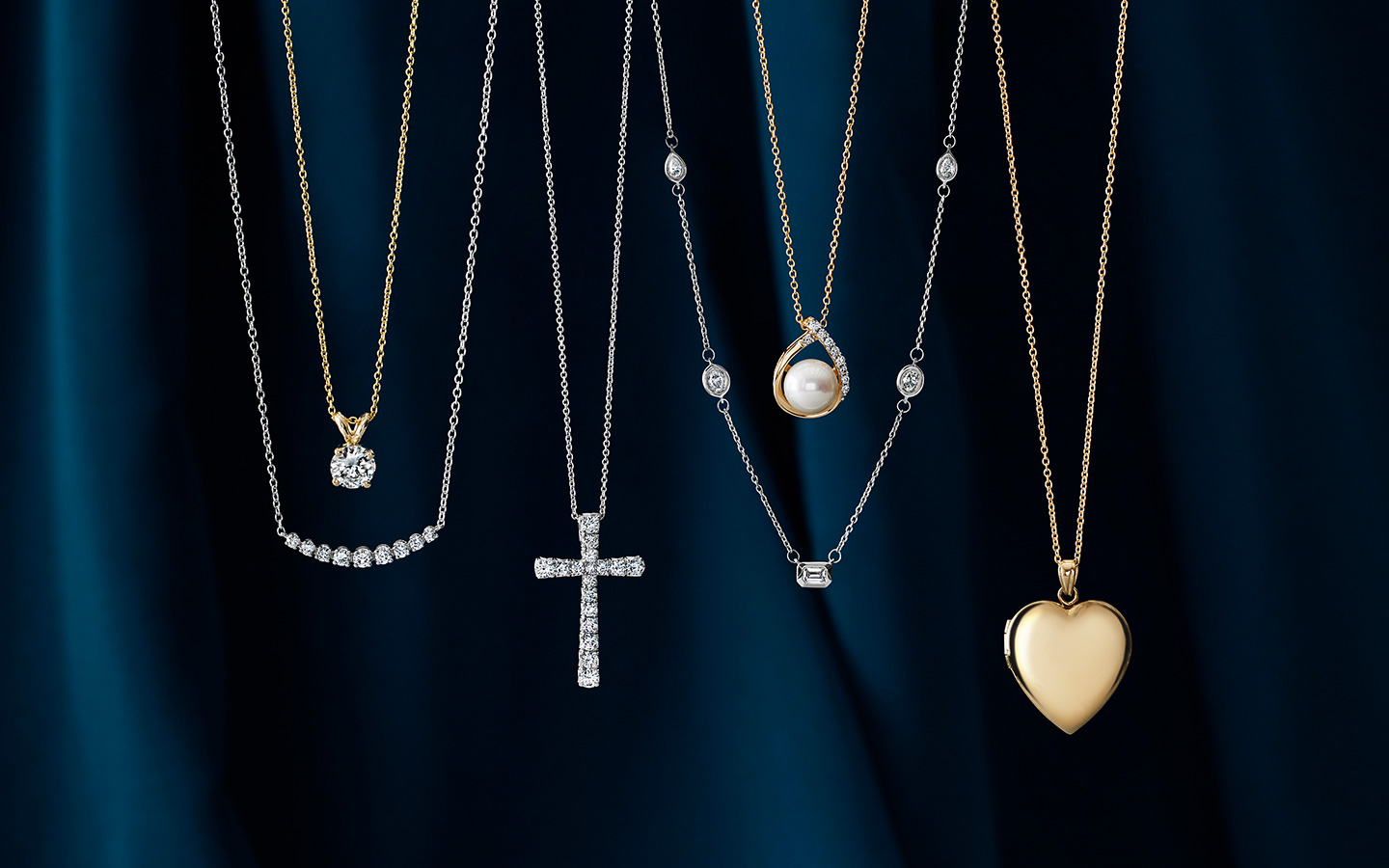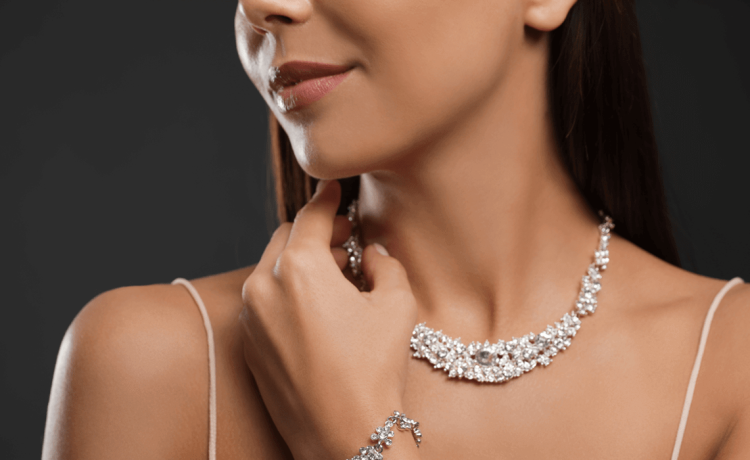Jewelry has always been more than mere decoration. From ancient civilizations to today’s red-carpet events, it has symbolized power, love, identity, and creativity. In modern fashion, jewelry continues to play a vital role—not only as an accessory but as a statement of individuality and taste. The evolution of jewelry reflects shifting cultural values, sustainability movements, and innovations in design that shape the way we express ourselves through style.
The Evolution of Jewelry in Fashion
Historically, jewelry was used to mark status and belonging. The Egyptians wore gold collars and lapis lazuli amulets to show divine favor, while Roman elites displayed their wealth through intricate rings and gemstones. Fast-forward to the 20th century, and jewelry transformed from a symbol of status into a form of self-expression. Coco Chanel, for example, revolutionized the idea of mixing costume jewelry with fine pieces, proving that fashion and elegance didn’t have to be confined to precious metals or diamonds.
Today, jewelry is not defined by its price tag but by its meaning and creativity. The rise of minimalist aesthetics, gender-fluid fashion, and sustainable materials has pushed jewelry design into exciting new territories. Whether it’s a delicate silver chain or a bold sculptural cuff, modern jewelry complements every aesthetic—classic, bohemian, avant-garde, or street style.
The Role of Jewelry in Personal Identity
In contemporary fashion, jewelry serves as an extension of personality. A single piece can tell a story about who you are, where you come from, or what you believe in. Stacked bracelets might suggest a free spirit, while a diamond solitaire might symbolize commitment and timelessness. For many, jewelry holds emotional significance—heirlooms passed down through generations, friendship bracelets symbolizing bonds, or custom pieces that commemorate milestones.
Celebrities and influencers have amplified this trend by curating personal collections that reflect their unique identities. Think of Rihanna’s fearless layering of gold chains or Harry Styles’ playful use of pearls. Their jewelry choices break gender norms and redefine what it means to accessorize with confidence.
Moreover, personalization has become one of the most sought-after trends in the jewelry market. From engraved pendants to birthstone rings, custom jewelry gives consumers a sense of ownership and individuality. It allows wearers to carry their stories—quite literally—close to their hearts.

Sustainable Jewelry: The Future of Ethical Glamour
Sustainability is reshaping the fashion world, and jewelry is no exception. The demand for ethical practices has encouraged brands to prioritize transparency, fair trade, and eco-friendly sourcing. Lab-grown diamonds, recycled metals, and conflict-free gemstones are now mainstream, appealing to consumers who want luxury without guilt.
Brands such as Mejuri, Brilliant Earth, and Monica Vinader are leading the charge by offering ethically produced pieces that don’t compromise on style. These companies cater to a generation that values both aesthetics and ethics. The rise of “slow fashion” in jewelry encourages consumers to invest in quality pieces designed to last, rather than mass-produced accessories that quickly fall out of trend.
Sustainability has also inspired innovative materials—think sea-glass earrings, bamboo bangles, and even jewelry made from upcycled plastics. Designers are finding beauty in unexpected sources, proving that luxury can coexist with environmental consciousness.
Technology and the Digital Jewelry Revolution
The jewelry industry is also being transformed by technology. 3D printing, for instance, allows designers to experiment with complex geometries and customized forms that were once impossible to craft by hand. This has opened up endless creative opportunities for independent jewelers who can now produce intricate designs at lower costs.
Virtual try-on technology has also changed how consumers shop for jewelry online. With augmented reality (AR), shoppers can see how a necklace looks on their neckline or how earrings frame their face—all without leaving their homes. Social media platforms like Instagram and TikTok have further fueled this digital revolution, where jewelry brands use storytelling and influencer collaborations to engage audiences worldwide.
NFTs and digital jewelry are another frontier. High-end fashion houses and digital artists are now creating “wearable” jewelry for avatars in the metaverse, blending luxury with virtual culture. Although still in its early stages, this niche demonstrates how jewelry continues to evolve with the times.
Jewelry as Art: The Designer’s Vision
For many contemporary designers, jewelry is more than adornment—it’s wearable art. Avant-garde artists experiment with unconventional materials such as ceramics, textiles, and even wood to challenge traditional definitions of beauty. Designers like Anissa Kermiche and Alighieri blur the line between sculpture and fashion, crafting pieces that evoke emotion and narrative.
Runway shows have embraced statement jewelry as key focal points of modern fashion collections. Oversized hoops, asymmetrical earrings, and layered chains dominate both high fashion and streetwear aesthetics. Jewelry’s ability to transform an outfit—from simple to spectacular—makes it an indispensable element of personal styling.
Cultural Influence and Global Trends
Globalization has introduced cross-cultural influences that enrich jewelry design. Indian kundan necklaces, African beadwork, and Native American turquoise jewelry have all found their way into mainstream fashion, celebrating heritage while inspiring contemporary reinterpretations.
These cultural fusions highlight jewelry’s universal appeal—it connects people across continents through beauty and craftsmanship. Designers often draw inspiration from traditional motifs while adapting them for modern tastes, ensuring that cultural heritage remains alive in every glittering piece.
Everyday Luxury: How Jewelry Completes the Look
In everyday fashion, jewelry adds polish and personality. A simple outfit can be elevated by the right accessories—a gold chain on a crisp white shirt, silver hoops with a sleek black dress, or layered rings that turn casual wear into something effortlessly chic.
“Quiet luxury,” a trend emphasizing subtle sophistication, has made minimalist jewelry highly desirable. Thin gold bands, dainty necklaces, and tiny stud earrings project refinement without extravagance. At the same time, maximalist enthusiasts embrace bold, colorful statement pieces that demand attention. Both ends of the spectrum prove that jewelry remains the most versatile form of self-expression.

Conclusion: The Eternal Allure of Adornment
Jewelry has transcended centuries, styles, and societies, yet its essence remains unchanged—it is an art form that captures human emotion and creativity. In modern fashion, jewelry bridges tradition and innovation, luxury and sustainability, individuality and universality.
As technology advances and cultural values evolve, jewelry will continue to reinvent itself. But one thing is certain: the allure of sparkle, the comfort of sentiment, and the power of self-expression it provides will always make jewelry an essential—and timeless—part of fashion’s story.

